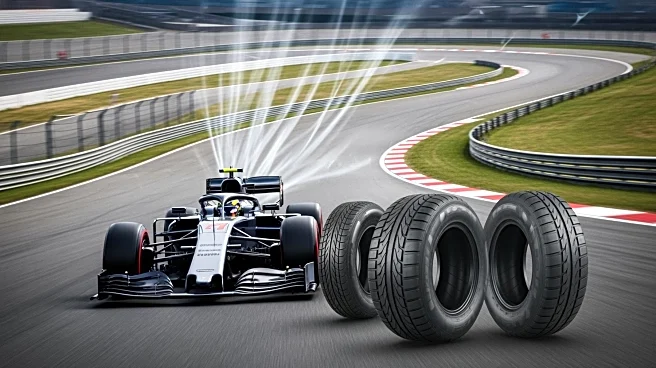What's Happening?
Lando Norris's chances of winning the United States Grand Prix were affected by two key factors: a change in wind direction and strategic tyre choices. The wind shift altered the dynamics of the race,
impacting the performance of various cars, including Norris's McLaren. Additionally, Ferrari's decision to start on soft tyres allowed Charles Leclerc to gain an early advantage over Norris, affecting his ability to challenge race leader Max Verstappen. Despite having a faster car in race trim, Norris was unable to capitalize on his speed due to these strategic elements, ultimately finishing behind Verstappen.
Why It's Important?
The outcome of the US Grand Prix highlights the critical role of environmental conditions and strategic decisions in Formula 1 racing. Wind direction can significantly influence car performance, affecting aerodynamics and grip. Tyre choices are equally crucial, as they determine the pace and strategy throughout the race. Norris's experience underscores the importance of adaptability and strategic planning in motorsports, where even minor changes can have major impacts on race results. This race serves as a reminder of the complexities involved in Formula 1, where teams must constantly adjust to dynamic conditions to optimize performance.












